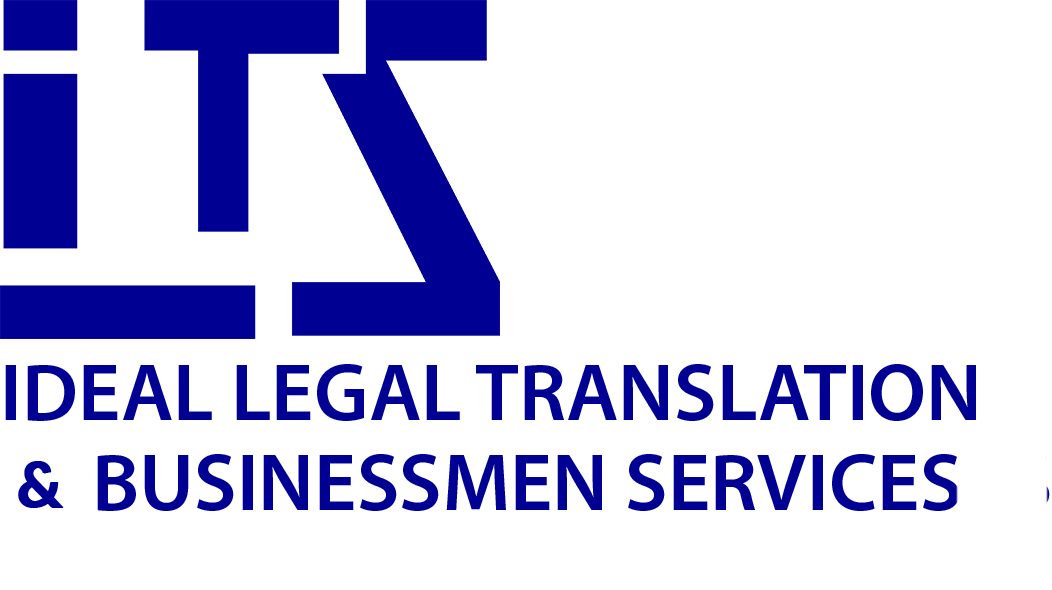In the content economy, your content must be available in all languages as quickly as possible. Content is at the heart of modern marketing, and it’s crucial to your company’s success. Today’s market is global, and to avoid limiting your company’s reach and growth potential, your website content should be available in as many popular languages as possible. More than a Website Translation UAE, your content must be localized to embrace your international target audience’s cultural norms and values.
In this article, we’ll look at what localization is and how you may use localization and translation technologies for the most common CMS systems that power websites and their content around the world.
What is the definition of website localization?
Website localization entails more than simply translating your website into the target audience’s native tongue. To successfully localize content for international markets, you must think about more than just translating the words on the page and avail the facilities of Translation services in Dubai.
1: Adaptation of images to attract local audiences.
Ensure that the website page layout is compatible with the language format of the localized site.
Updating units of measure, such as the date and time formats.
The norms and cultural values of the particular region are included.
Websites natively created for local audiences are frequently more popular than their foreign versions, like Baidu is more prevalent in China than Google. The primary goal of localization is to make your website’s product, service, or information appear and feel as if it were designed specifically for the target market for which it is localised.
A multilingual website is essential for tapping into a vast worldwide market that can transform your company’s growth, but only if the material is translated and localised.
2: Popular languages for website translation
Some languages are more commonly spoken than others, allowing you to reach a much larger global audience per localised language than other, more limited options. For example, English, Spanish, and German will appeal to a large section of the worldwide population, whereas Swahili may have a far less global economic reach.
When choosing the scope of your localization project and taking cost into account, selecting the languages with the broadest business appeal may be the most effective decision you can make to extend your messaging.
Other languages that are important to consider to reach your target audience in as many local markets as possible are Chinese, Arabic, French, Arabic and Russian.
Basic Translation in Dubai choices for a website
There are various viable options for creating multilingual website content, and it’s critical to understand these basic possibilities and what they may achieve in your website translation project.
3: Translation by a human
The concept of context is one of the most essential and defining characteristics of human language translation for your multilingual website. Unfortunately, the context in the language is frequently implied rather than explicitly stated, and the professional Legal translation Dubai must be aware of this before beginning translation work.
If your website translation needs to be as accurate and nuanced as possible, then going through the effort and cost of hiring a professional translator that provides legal translation services, such as the one that can be found through the Ideal Legal Translation, is highly desirable for alternatives.
4: Machine translation
As part of a translation or localization operation, machine translation (MT) refers to automated software that can convert source text into a target language. Machine translation can be a valuable tool in the process, even if a human translation is preferred.
Product descriptions, which change frequently and are not as subtle in meaning as other forms of information, are suitable for machine translation. However, different machine translation engines may be better suited to varying types of content, so it’s a good idea to try a few before settling on one.
The biggest drawback of MT is that it cannot understand or explain the context, the subtleties of culture and the meaning of colloquialisms, or the changing social lexicon of the population of a region. Therefore, post-editing is sometimes the best option, in which a human editor evaluates and edits the machine-translated output so that it is objectively correct and grammatically consistent.
Website localization for popular content management systems
There are two main methods that translation uses for localization: client-side and server-side processes. Here, we will look at the last option and consider the technical possibilities for translating some of the most popular website content management systems (CMS). We will return to the client-side localization later.
Here are 3 easy steps to get started with WEBSITE TRANSLATION UAE by ownself
Step 1: Gain experience and learn as much as you can
The next step is to gain experience. We’ve all had to start doing internships or working entry-level jobs to move up, and the language industry is no exception. If you are enrolled in or live near a university, take translation/interpreting classes and look for opportunities to do translation or interpreting work on campus for various departments. Again, it’s critical to gain experience to show samples of your work to potential clients and get recommendations.
Step 2: Identify the Market
After you’ve earned your credentials and gained some experience, it’s time to market yourself to law companies, police stations, hospitals, government agencies, and language agencies in your area that may want translators or interpreters. The majority of translators and interpreters operate on a contract basis for clients rather than as full-time employees. Starting a website or blog and joining the engaged online community of language specialists is a terrific approach to sell your services. Also, make sure your CV and fees are ready to go! When an ambitious translation or interpreter has no notion what their prices should be, you know they’re not a professional. If you’re not sure how much to charge, talk to other interpreters.
Step 3: Continue to study!
There are more areas to consider as a translator/interpreter as you advance. Which businesses or specialist industries do you have experience translating or interpreting for? Are you up to date on industry jargon and trends? Do you know how to use a computer and how to use translation memory software? Is it possible for you to deliver the simultaneous and consecutive translation? If you’ve had success as a translation, you might want to explore pursuing certification as a medical or court interpreter. We hope we haven’t deterred anyone from pursuing a career as a translation or interpreter. Our goal is to provide a helpful guide to help you get started in this very competitive industry.

